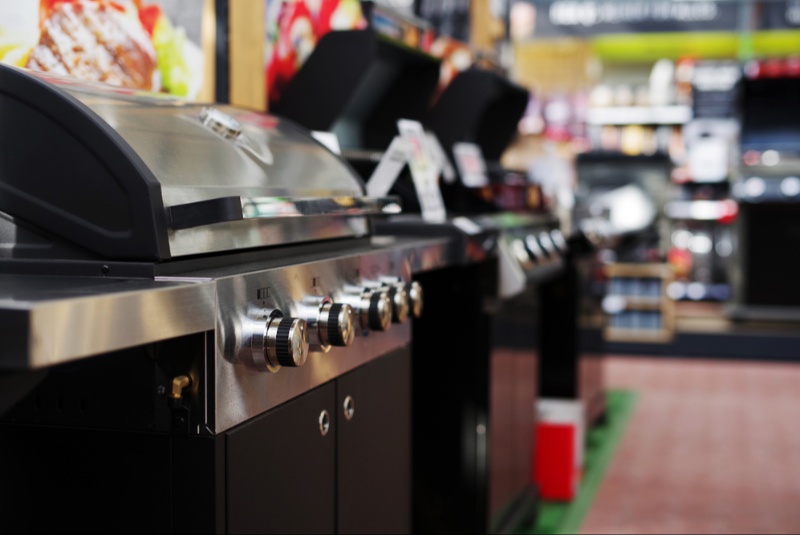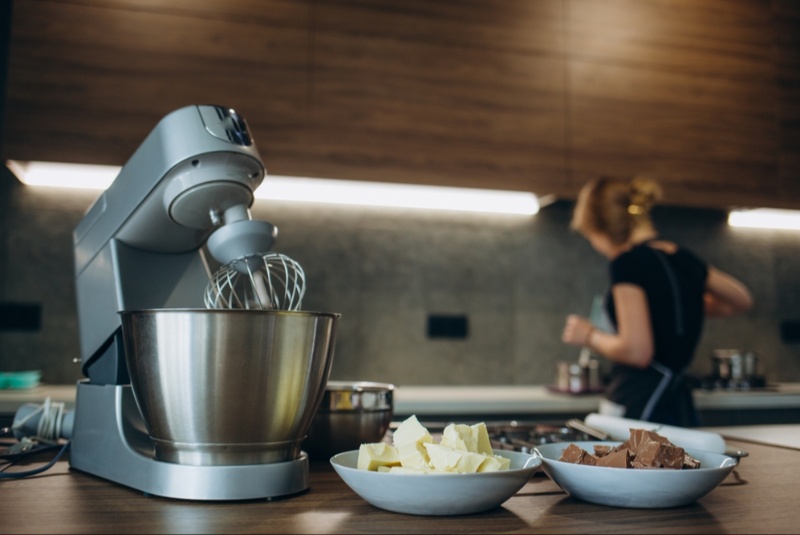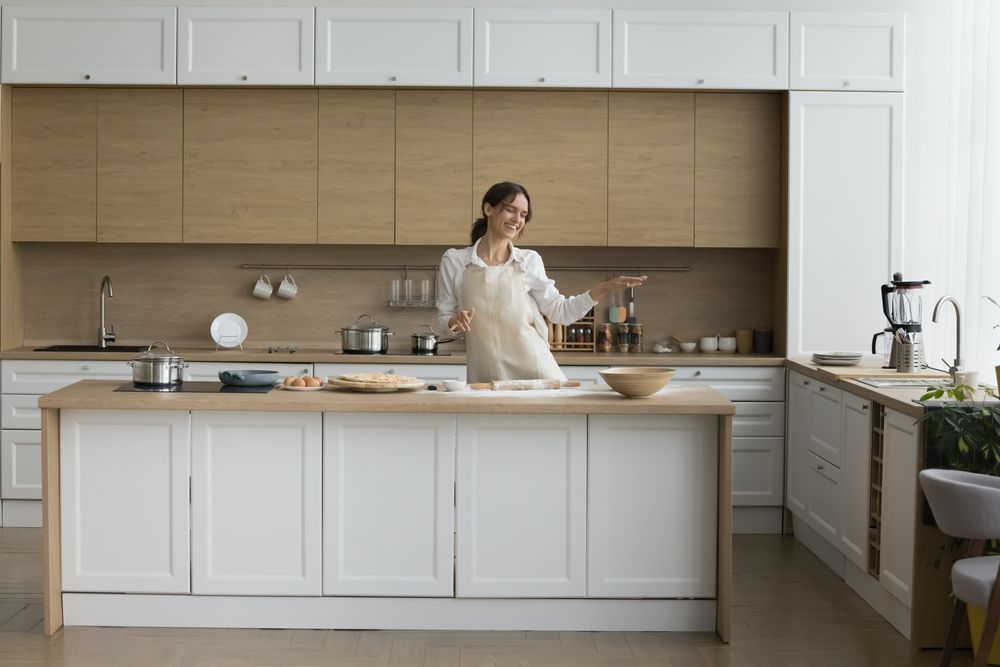For many coffee lovers, there's nothing quite like savoring a freshly brewed espresso to kickstart the day or unwind in the evening. With its concentrated flavor and velvety crema, espresso serves as the base for favorites like cappuccinos, lattes, and Americanos. If you're considering bringing the cafe experience into your own home, you'll find a plethora of espresso machines on the market. How do you navigate these choices to find the perfect fit? This guide will walk you through essential considerations to help you make a confident choice.
1. Identify Your Espresso Needs
Before diving into specific features, it’s helpful to clarify your preferences and usage habits. Start by asking yourself:
- Frequency: Will you use your machine daily, or only occasionally for special treats?
- Beverage Variety: Are you an espresso purist, or do you enjoy lattes, cappuccinos, and other milk-based drinks?
- Skill Level: Are you a beginner looking for ease, or do you have barista experience and want more control?
Your responses will guide your choice toward a machine that aligns with your lifestyle and coffee preferences.
2. Types of Espresso Machines
Espresso machines come in various types, each with its own approach to brewing. Consider the following options:
- Manual Lever-Pump: Perfect for purists, these require you to pump water manually through the coffee grounds. While they offer the most control over extraction, they demand skill and practice.
- Semi-Automatic: Popular among home users, semi-automatics let you control when to start and stop brewing, while the machine manages pressure.
- Fully Automatic: These machines take care of the entire brewing process. Just press a button, and the machine does the work—great for convenience without sacrificing quality.
- Super Automatic: The ultimate in ease, super-automatics grind, tamp, and brew espresso with minimal input from you. Ideal for those seeking speed and simplicity.
- Capsule Machines: Quick and easy to use, capsule machines work with pre-packaged pods, though you're limited to coffee types available in pod form.
3. Important Features to Look For
To ensure quality espresso, consider machines with these key features:
- Boiler Type: Machines with a single boiler can’t brew espresso and steam milk simultaneously, which can slow down preparation. Double boiler or heat exchanger models allow for both at once, though they’re usually pricier.
- Pressure and Temperature: Espresso requires 9-10 bars of pressure and temperatures between 195°F to 205°F for optimal extraction. Ensure your machine can consistently reach these specifications.
- Built-In Grinder: Freshly ground beans elevate flavor. Machines with built-in grinders are convenient and offer quality, though they often come at a higher price.
- Water Reservoir Size: A larger water reservoir means fewer refills but may take up more space. Choose according to your available space and daily usage.
- Maintenance Features: Some machines come with self-cleaning cycles. Check for ease of cleaning to ensure maintenance doesn’t become a chore.

4. Determine Your Budget
Espresso machines span a wide price range, from under $100 for basic models to several thousand for high-end options. Set a budget that fits your needs, and keep in mind that some features may be nice but unnecessary for your setup. Sometimes, a mid-range machine with the essentials is all you need.
5. Brand and Warranty
Stick to reputable brands known for quality and durability. Trusted brands often provide solid warranties and reliable customer service, which can be invaluable if you encounter any issues. Investing in a machine backed by a warranty helps ensure long-term satisfaction with your purchase.
6. Check User Reviews and Recommendations
Online reviews, coffee forums, and word of mouth can offer valuable insights beyond product descriptions. Look for feedback from other users to gauge the machine’s reliability, ease of use, and performance over time. Real-life experiences often reveal details that product specifications don’t cover.
7. Consider Extra Features
Do you need a milk frother for lattes, or would you appreciate a cup warmer? Some machines include these as built-in features, while others may require additional attachments. Assess which extras are essential for your ideal coffee experience and select a machine that matches those preferences.
8. Evaluate Counter Space Requirements
Espresso machines, especially high-end models, can be quite large and heavy. Before buying, measure your counter space and consider where you’ll store it. Make sure the machine fits comfortably in your kitchen without crowding other appliances or limiting your workspace.
9. Explore Eco-Friendly Options
As environmental awareness grows, some manufacturers offer eco-friendly machines with energy-saving settings, recyclable capsules, or sustainably sourced materials. If sustainability matters to you, keep these options in mind when making your choice.
10. Finalize Your Choice with a Taste Test
If possible, try before you buy. Visit a store that offers demos, and taste the espresso made by different machines. After all, flavor is subjective, and the machine that looks best on paper might not produce the espresso you prefer.
Investing in an espresso machine can be an exciting step for any coffee lover. With the right knowledge and a clear understanding of your needs, you’re well-equipped to find a machine that fits your preferences and budget. Whether you’re new to espresso-making or a seasoned aficionado, there’s a perfect espresso machine waiting to transform your coffee ritual at home.




